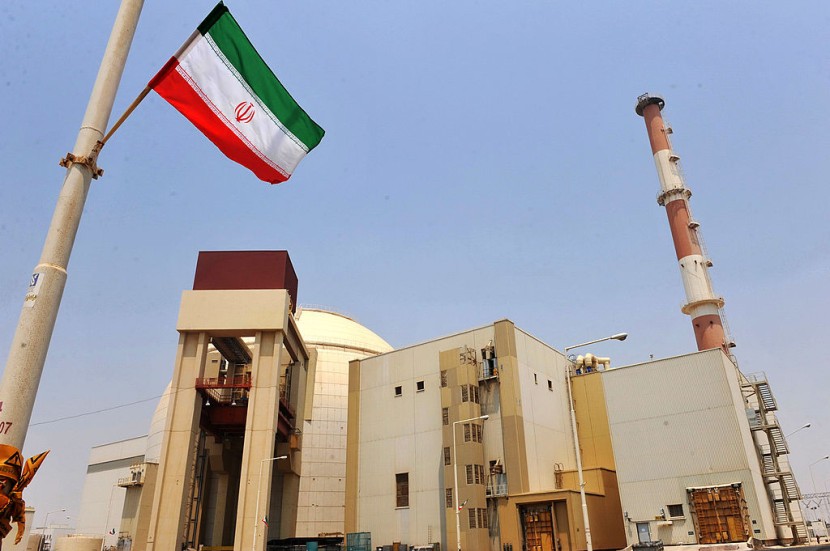
Iran announced on Tuesday the names of the five detainees it wants to be released in the United States in exchange for the release of five Iranian-Americans who are now being jailed in Tehran and billions of dollars worth of assets that South Korea formerly held.
The Iranian envoy to the United Nations in New York admitted at the same time that the Biden administration issued a blanket waiver allowing foreign banks to transfer $6 billion in frozen Iranian money from South Korea to Qatar without fear of being subject to sanctions from the United States, as per Fox News.
Iran's Prisoner Swap with the US
The money initially stored in South Korean won is being converted into euros and sent to Qatar, where Iran can use it for humanitarian purposes. This is an indication that the prisoner swap is proceeding as a result of the measures that both Tehran and Washington have taken.
Ali Karimi Magham, a spokesman for the Iranian mission, provided The Associated Press with a statement confirming the list of prisoners that Tehran is demanding to be released. The following are the five things the Iranians are looking for:
Kaveh Lotfolah Afrasiabi, an Iranian national who was arrested in 2021 and accused of failing to register as a foreign agent on behalf of Iran while lobbying US officials on matters such as nuclear policy;
Mehrdad Ansari, an Iranian who was given a prison sentence of 63 months in 2021 for obtaining equipment that could be used in missiles, electronic warfare, nuclear weapons, and other types of military gear;
Amin Hasanzadeh, an Iranian who is a permanent resident of the United States and who was charged in 2019 by prosecutors with allegedly stealing engineering plans from his employer and sending them to Iran;
Reza Sarhangpour Kafrani, an Iranian citizen who was arrested in 2021 and charged with shipping laboratory equipment to Iran in violation of the country's export laws and
Kambiz Attar Kashani, an Iranian-American who was found guilty in February and given thirty months in jail for obtaining "sophisticated, top-tier US electronic equipment and software" by using front businesses in the United Arab Emirates.
The United States Department of State did not provide a statement, citing the sensitivity of this ongoing process. On Monday, the identities of the Iranians were first published by the news website Al-Monitor, which based its information on a statement issued by the Iranian delegation.
On the side of the United States, Washington is advocating for the release of Siamak Namazi, who was arrested in Iran in 2015 and later sentenced to 10 years in prison on internationally derided spying charge.
Emad Sharghi, a venture capitalist who was also sentenced to 10 years; and Morad Tahbaz, a British-American conservationist of Iranian descent who was arrested in 2018 and also received a 10-year sentence. All three individuals were sentenced to 10 years in prison, according to VOA News.
Read Also: Azerbaijan Allows Supplies, Aid Into Armenia's Nagorno-Karabakh Region After 9-Month Blockade
US Republican Opposition
The identities of the fourth and fifth inmates could not be determined. All five are being held captive in a hotel room in Tehran while under house arrest. Republicans in the United States have contested the idea of an exchange amid heightened tensions between Iran and the West over its nuclear program and a string of ship seizures and attacks that Tehran is responsible for.
The United States Department of Defense is mulling over a proposal to station military personnel on commercial vessels in the Strait of Hormuz. This waterway is the route taken by twenty percent of all oil exports from the Persian Gulf.
Along with the arrival of F-35s, F-16s, and other types of military aircraft, the United States Navy and Marine Corps have begun a significant deployment in the area. In the meantime, Iran provides Russia with the bomb-carrying drones that Russia utilizes throughout its conflict with Ukraine to target specific locations, NBC New York reported.
Related Article: Musk Gains Putin's Endorsement: 'He Is an Outstanding Person'
© 2025 HNGN, All rights reserved. Do not reproduce without permission.








